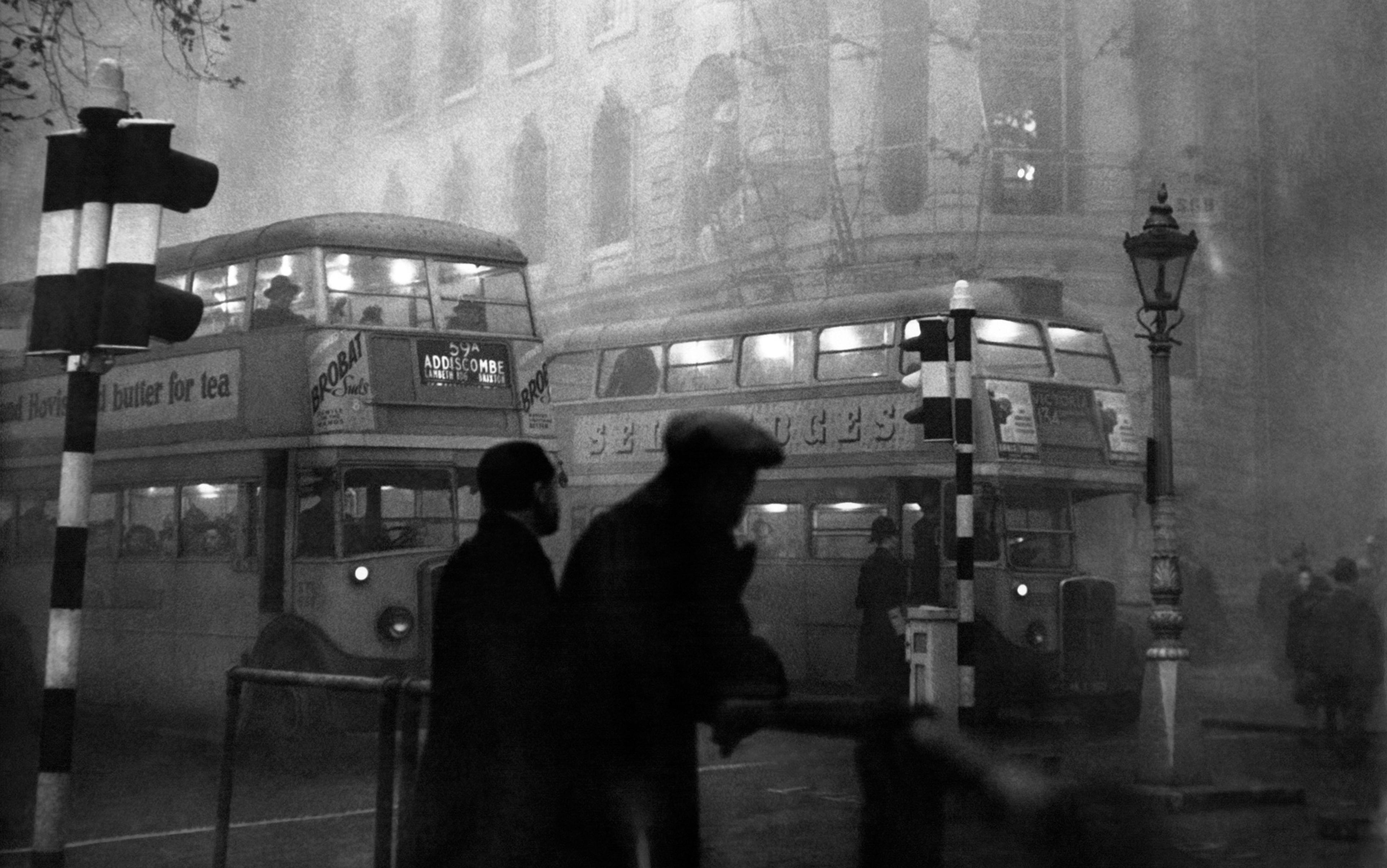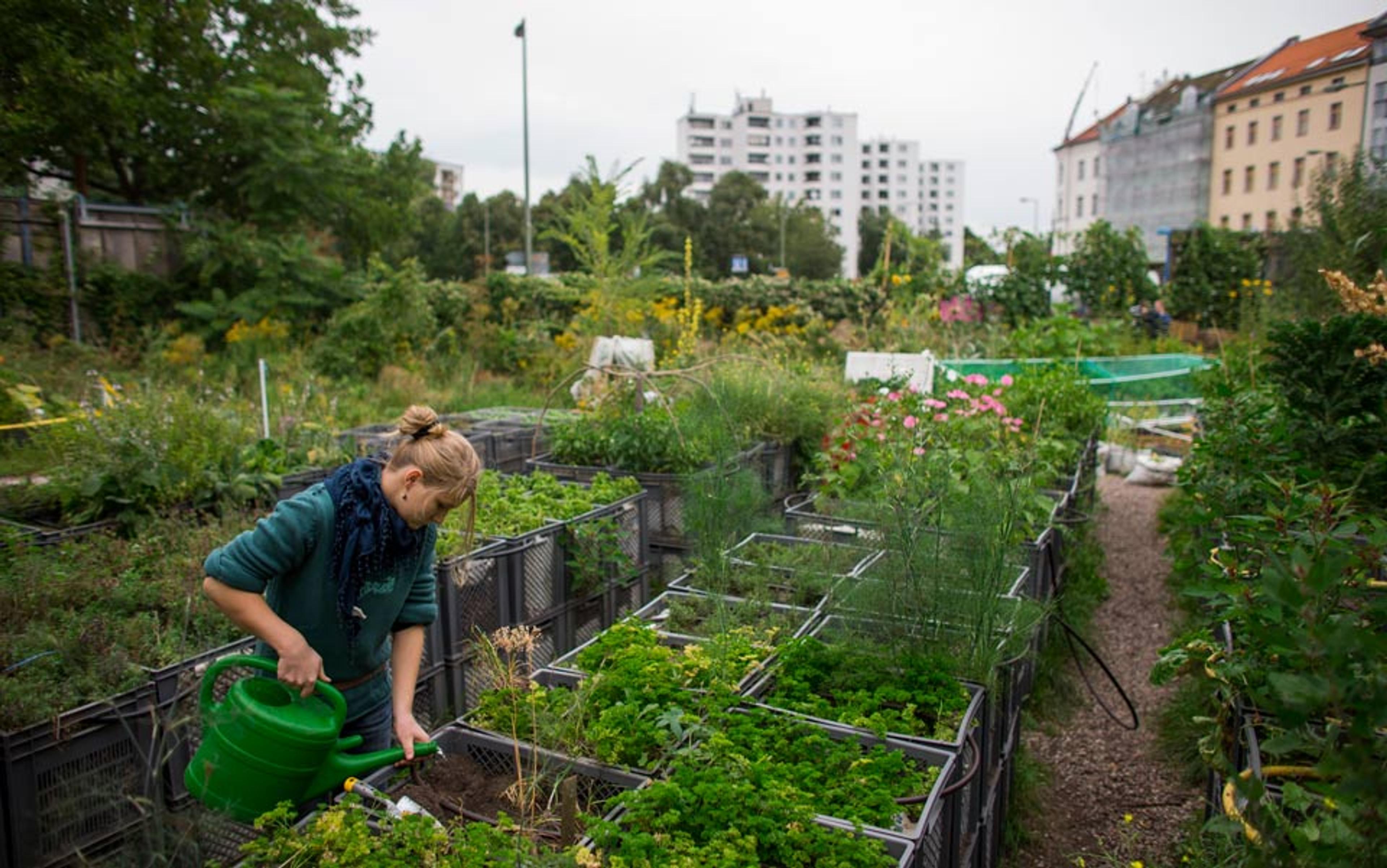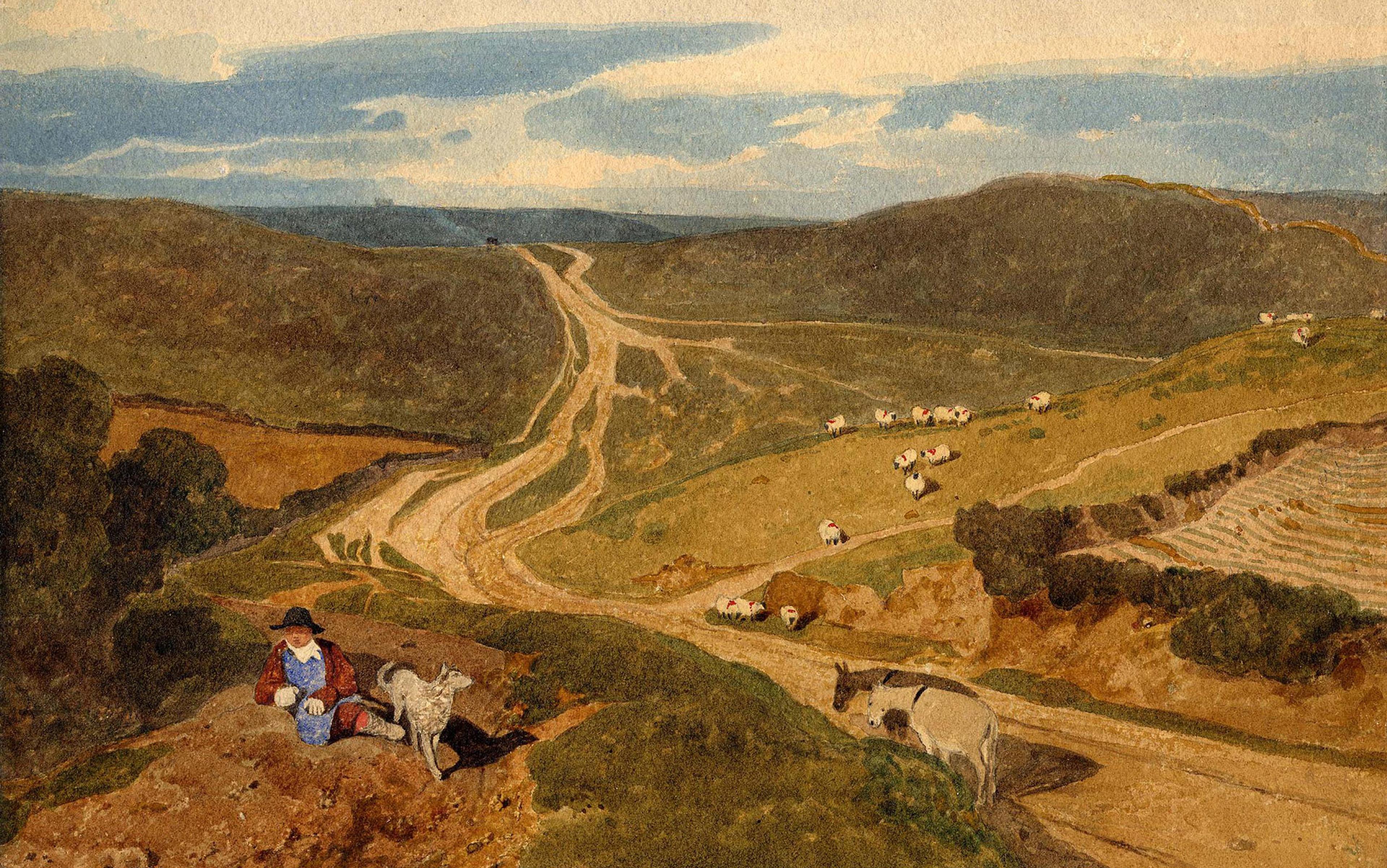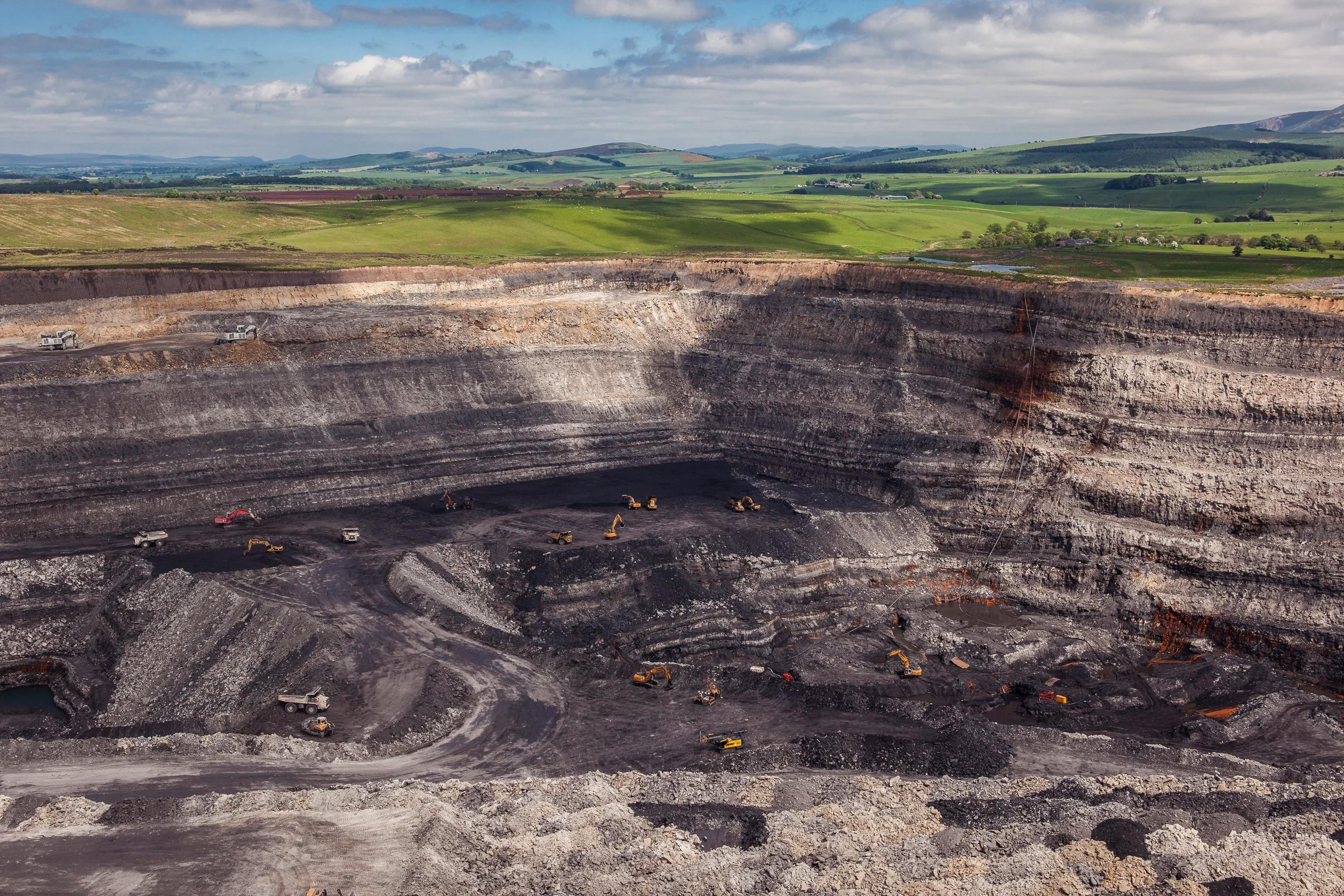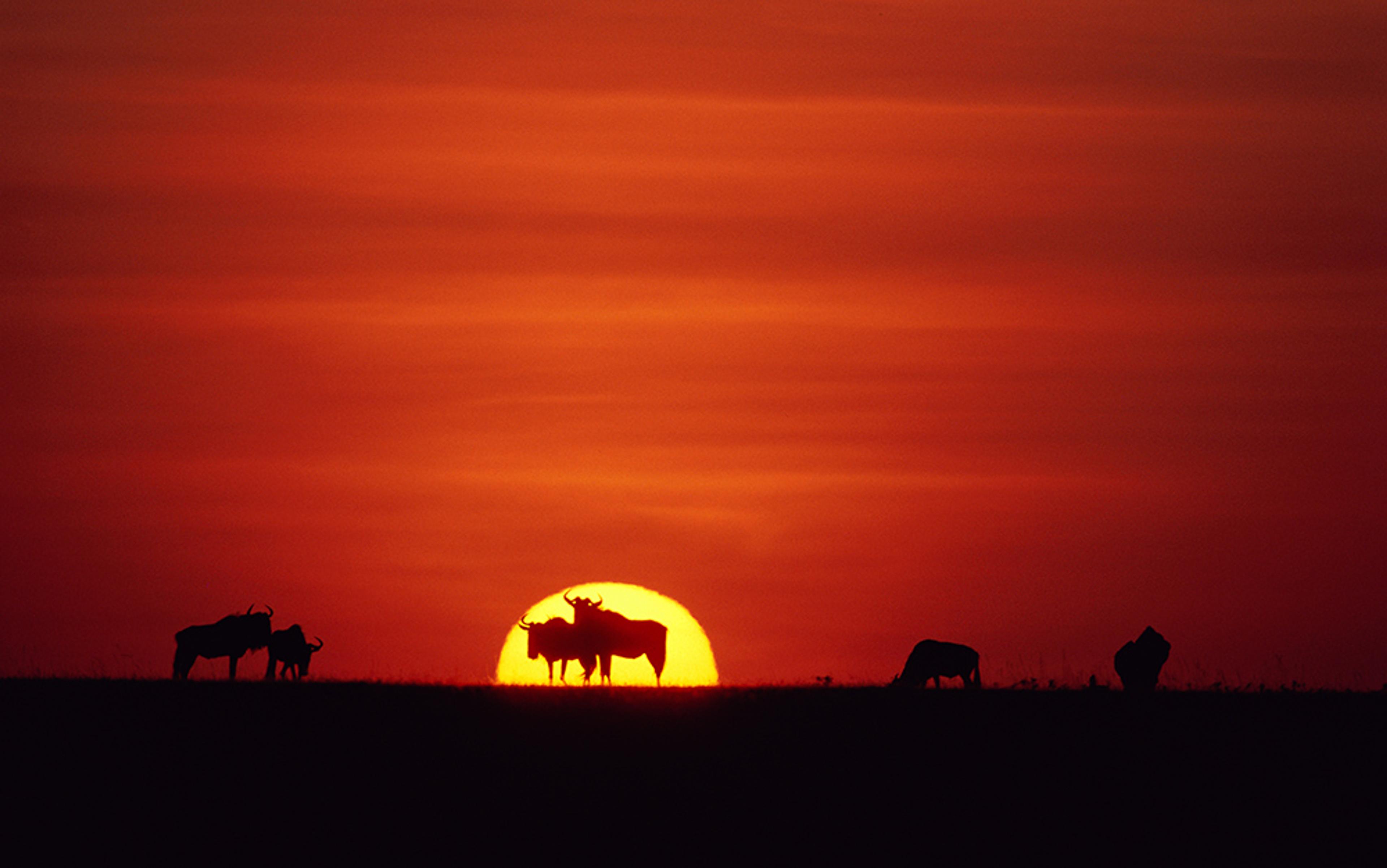In 2000, Tsai Jen-Hui, a professor of architecture at the National Taipei University of Technology, had the walls of the campus torn down. In their place, he had a stream built that functions like a moat, fed by recycled water and rain. He gave the university an entranceway inspired by – and incorporating – living trees; he designed eco-roofs and an eco-balcony featuring species lost to the area; and he built a reservoir and waterscapes along with permeable pavements – all measures to help cool the campus and buffer against environmental change.
When I met Tsai in his treehouse on campus a few years ago, he was full of lament. He recounted his setbacks: the many occasions when university administrators and city officials had rejected his ideas, torn down trees or demolished some structures.
He didn’t mention what he’d accomplished since his arrival in Taipei in 1981. By integrating ecological functions into its design, by increasing biological diversity and strengthening the interconnectedness between people on campus and their environment, Tsai had redefined the concept of his university as an academic institution. He turned it into an eco-campus and a structure of hope. Through his enlightened planning, Tsai had demonstrated that ecological problems, as overwhelming as they seemed on a global perspective, can on a smaller scale be addressed through art and labour. Tsai’s work is providing a model solution to a broader problem. The alumni of his institute have continued his work on campus and beyond. His visions have helped to ecologise parts of Taiwan’s capital. Tsai’s creativity is essentially political. Therefore, his work has been both inspiring and transformative.
Our world is full of – mostly untold – stories of slow hope, driven by the idea that change is possible. They are ‘slow’ in their unfolding, and they are slow because they come with setbacks.
At the beginning of time – so goes the myth – humans suffered, shivering in the cold and dark until the titan Prometheus stole fire from the gods. Just as in the myth, technology – first fire and stone tools, and later farming, the steam engine and industry, fossil fuels, chemicals and nuclear power – has allowed us to alter and control the natural world. The myth also reminds us that these advances have come at a price: as a punishment for Prometheus’ crime, the gods created Pandora, and they gave her a box filled with evils and curses. When Pandora’s box was opened, it unleashed swarms of diseases and disasters upon humankind.
Today we can no longer ignore the ecological curses that we have released in our search for warmth and comfort. In engineering and exploiting and transforming our habitat, we have opened tens of thousands of Pandora’s boxes. In recent decades, environmental threats have expanded beyond regional boundaries to have global reach and, most hauntingly, are multiplying at a dizzying rate. On a regular basis, we are reminded that we are running out of time. Year after year, faster and faster, consumption outpaces the biological capacity of our planet. Stories of accelerated catastrophe, of apocalypse and collapse, multiply. We fear the breakdown of the electric grid, the end of non-renewable resources, the expansion of deserts, the loss of islands, and the pollution of our air and water.
Acceleration is the signature of our time. Populations and economic activity grew slowly for much of human history. For thousands of years and well into early modern times, world economies saw no growth at all, but from around the mid-19th century and again, in particular, since the mid-20th, the real GDP has increased at an enormous speed, and so has human consumption. In the Middle Ages, households in Central Europe might have owned fewer than 30 objects in average; in 1900, this number had increased to 400, and in 2020 to 15,000. The acceleration of human production, consumption and travel has changed the biotic and abiotic spheres. It has reverberated through natural processes on which humans depend. Species extinction, deforestation, damming of rivers, occurrence of floods, the depletion of ozone, the ecological degradation of ocean systems and many other areas are all experiencing acceleration. If represented graphically, the curve for all these changes looks rather like that well-known hockey stick: with little change over millennia and a dramatic upswing over the past decades.
Some of today’s narratives about the future seem to suggest that we too, like Prometheus, will be saved by a new Hercules, a divine engineer, someone who will mastermind, manoeuvre and manipulate our planet. They suggest that geoengineering, cold fusion or faster-than-light spaceships might transcend once and for all the terrestrial constraints of rising temperatures, lack of energy, scarcity of food, lack of space, mountains of waste, polluted water – you name it.
We might keep making mistakes. But we will also keep learning from our mistakes
Yet, if we envisage our salvation to come from a deus ex machina, from a divine engineer or tech solutionists who will miraculously conjure up a new source of energy or another panacea with revolutionary potency, we might be looking in the wrong place. The fact that we now imagine our planet as a whole does not mean that the ‘rescue’ of our planet will come with one big global stroke of genius and technology. It will more likely come by many small acts. Global heating and environmental degradation are not technological problems. They are highly political issues that are informed by powerful interests. Moreover, if history is a guide, then we can assume that any major transformations will once again be followed by a huge set of unintended consequences.
So what do we do?
This much is clear: we need to find ways that help us flatten the hockey-stick curves that reflect our ever-faster pace of ecological destruction and social acceleration. If we acknowledge that human manipulation of the Earth has been a destructive force that has caused huge converging threats, we can also imagine that human endeavours can help us build a less destructive world in the centuries to come. We might keep making mistakes. But we will also keep learning from our mistakes.
To counter the fears of disaster, we need to identify stories, visions and actions that work quietly towards a more hopeful future. Instead of one big narrative, a story of unexpected rescue by a larger-than-life hero, we need multiple stories: we need stories, not only of what Rob Nixon of Princeton University has called the ‘slow violence’ of environmental degradation (that is, the damages that are often invisible at first and develop slowly and gradually), but also stories of what I call ‘slow hope’.
We need an acknowledgement of our present ecological predicament but also a language of positive change, visions of a better future. In The Principle of Hope (1954-59), Ernst Bloch, one of the leading philosophers of the future, wrote that ‘the most tragic form of loss … is the loss of the capacity to imagine that things could be different’. We need to identify visions and paths that will help us imagine a different, a more just and more ecological, world. Hope, for Bloch, has its starting point in fear, in uncertainty, and in crisis: it is a creative force that goes hand in hand with utopian ‘wishful images’. It can be found in cultural products of the past – in fairy tales, in fiction, in architecture, in music, in the movies – in products of the human mind that contain ‘the outlines of a better world’. What makes us ‘authentic’ as humans are visions of our ‘potential’. In other words: living in hope makes us human.
The power of small, grassroots movements to make changes that resonate beyond their place of origin can be seen with the Slow Food movement, which began in Italy in the 1980s. The rise of fast-food restaurants after the Second World War produced a society full of cheap, sterile, industrially made foodstuffs. Under the leadership of Carlo Petrini, the Slow Food movement began in Piedmont, a region of Italy with a long history of poverty, violence and resistance to oppression. The movement transformed it into a region hospitable to traditional food cultures – based on native plants and breeds of animals. Today, Slow Food operates in more than 160 countries, poor and rich. It has given rise to thousands of projects around the globe, representing egalitarian politics, food sovereignty, biodiversity and sustainable agriculture.
The unscrupulous commodification of food and the destruction of foodstuffs will continue to devastate soils, livelihoods and ecologies. Slow Food cannot undo the steamrolling developments of the global food economy, but it can upset its ideologues, it can ‘speak differently’, and allow people and their local food traditions and environments to flourish. Even in the United States – the fast-food nation of Eric Schlosser’s eponymous book – small farms and urban gardens are on the rise. The US Department of Agriculture provides an Urban Agriculture Toolkit and, according to a recent report, American millennials are changing their diets. In 2017, 6 per cent of US consumers claimed to be vegan, up from 1 per cent in 2014. As more people realise that ‘eating is an agricultural act’, as the US poet and environmental activist Wendell Berry put it in 1989, slow hope advances.
In the long view, the human relationship with forests has been one of brutal destruction, but even it carries elements of slow hope. In the Middle Ages, there was no shortage of timber in most parts of the world, and few saw cutting down forests as a problem. Yet in 1548 the people of Venice estimated that an important timber supply would last only 30 years at their current rate of usage – but different forest management would make it possible to meet the demand for many centuries to come. The idea of preserving resources came out of a concern for the future: a fear of using up resources faster than they could be replenished.
Trillions of trees are needed to replace long-lost forests and to drastically reduce the effects of climate change
Economic interests were at the core of this understanding of trees and forests. It would take more than three centuries before scientists began to understand that timber production is not the only, and possibly not the most important, function of forests. The late 19th and early 20th century saw an increasing recognition that forests serve as habitats for countless animal and plant species that all rely on each other. They take over protective functions against soil erosion and landslides; they make a significant contribution to the water balance as they prevent surface runoff; they filter dirt particles, greenhouse gases and radioactive substances from the air; they produce oxygen; they provide spaces for recreation and they preserve historic and prehistoric remains. As a result, forests around the world have been set aside as parks or wilderness areas.
Precious Woods, a slow-growing timber company, has a rule that no more than one to three trees per hectare may be cut down every 25 to 35 years. Despite its policy of restraint, the Swiss company operates profitably in the tropical forests of Latin America and Central Africa (Costa Rica, Nicaragua, Brazil, Gabon and Congo) and is certified by the international Forest Stewardship Council. Slow hope can come from changing the pace of life. Everyone involved – the company itself, local communities where jobs are created and schools built, and the natural environment – benefits in this approach. Likewise, Plant for the Planet, a children’s initiative in Germany, planted close to 15 billion trees around the world between 2007 and 2020 to reduce the effects of climate change. Every tree can bind approximately 10 kg of CO2, buying us valuable time in the fight against climate change and climate injustice. Trillions of trees would be needed to replace long-lost forests and to drastically reduce the effects of climate change. But this initiative is inspiring in its ambition and simplicity, and in how it transforms awareness into material action.
Recent years have seen a sea change in our view of forests. Peter Wohlleben’s book The Hidden Life of Trees (2015), an international bestseller, suggests that trees can warn each other of danger through a ‘wood wide web’ of roots and fungi. They support each other through sharing of nutrients and information, and they even keep ancient stumps alive by feeding them solutions of sugars. Such insights have made us aware of deep ecological relationships between humans and the more-than-human world.
Awareness of ecologies is a recent phenomenon. It was not until the 1940s that the concept of the ‘environment’ encompassing all living and nonliving things developed. In the 1970s, the term ‘environment’ gained currency, becoming widely adopted in the English and Romance languages, and as ‘Umwelt’ (‘surrounding world’) in German. The emergence of the idea led to the rise of environmental agencies, regulations and environmental studies, and to environmental science as new, integrated academic disciplines. It was in 1956 that the very first bachelor of science in environmental studies was awarded, at the State University of New York College of Forestry at Syracuse. Since the 1970s – with the rise of ‘environmentalism’ – environmental studies programmes have sprung up at hundreds of universities. There is (slow) hope in the fact that scholars from many different disciplines have adopted the term ‘environment’ over the past decades. They are exploring intricate connections within and between complex ecologies, as well as the impact that human environment-making (through techno-industrial, economic and other manipulative developments) has had on the biosphere.
The rise of the idea of the environment and a scholarly understanding of ecological processes has influenced new technologies and also politics. We have come to ask questions about vulnerability and risk, world ecologies, and the relationship between nature and power. The search for an adequate response to climate change occupies centre stage in international diplomacy.
Social and environmental activists, scientists and indigenous groups have called the Paris Agreement of the United Nations Climate Change Conference (COP21) in December 2015 insufficient, weak, or compromised. To some extent, they are right: climate change has already destroyed tens of thousands of livelihoods, and the situation will worsen in the near future for millions of mostly poorer people who will join the ranks of those who have already been displaced by climate change and extreme weather events. But the Paris Conference nevertheless marked a historic step toward the recognition of the need for action on climate change, the cutting of carbon emissions, and world cooperation. There were 195 nations that came to the table in Paris and agreed limits on emissions. Historically, nothing comparable had happened prior to this. Before the 20th century, a handful of scientists had been interested in the theoretical relationship between greenhouse gases and climate change, but only the empirical evidence accumulated since the late 20th century established a clear connection between the burning of fossil fuels and a vastly accelerated rise in global temperatures.
After the summit, the Rockefeller family charity called ExxonMobil ‘morally reprehensible’
None of the previous 20 climate negotiations had brought about a similar agreement. The Rio Conference in 1992 didn’t bind governments to take action. The Kyoto Protocol of 1997 never met its objectives, and failed to negotiate emission targets for developing countries such as China and Mexico. The 2009 Copenhagen Accord wasn’t fully adopted by the UN in 2009. The Paris Summit turned out to be different because it based its message on overwhelming evidence from climate science, and because it set an ambitious goal to limit global warming to 1.5 degrees Celsius (above preindustrial levels).
It turned out to be different also because indigenous voices and voices from the Global South were listened to more attentively, and because moral and ethical concerns were brought to the discussion. It would have been unthinkable for any of the predecessors of Pope Francis to publish an encyclical on ecology such as Laudato si’, to warn about an ‘unprecedented destruction of ecosystems’ and ‘serious consequences for all of us’ if humanity failed to take action on climate change. And yet the Vatican’s call for ‘ecological conversion’, published in May 2015, was timed, as Pope Francis acknowledged, to encourage a positive outcome at COP21. It would have been unthinkable just a few years before the summit for the Rockefeller family charity – a fund started by the US oil magnate John D Rockefeller – to call ExxonMobil, the world’s largest oil company, ‘morally reprehensible’ and withdraw all its investments in fossil fuel companies. All of this happened in 2016 as a direct result of COP21.
The current crisis is not the first that humans have encountered, and a look at the struggles with pollution in recent history reveals transformations that once seemed unimaginable. The ‘London fog’ that came to define the capital through British novels and thrillers is in reality smog or smoke, a legacy of industrialisation. After a century of ignorance, London was hit by the Great Smog of December 1952 – the worst air-pollution event in the history of the United Kingdom which caused the deaths of approximately 12,000 people. Shortly thereafter, public initiatives and political campaigns led to strict regulations and new laws, including the Clean Air Act (1956). Today, London has effectively reduced traffic emissions through the introduction of a Congestion Charge Zone in 2003, and an Ultra Low Emission Zone in 2019. Two generations after the Clean Air Act, London seems much cleaner, and there is reason for hope. Yet even in this model of a dialectics of slow hope, we need to acknowledge that Londoners today, like city dwellers across Europe, are exposed to new, damaging types of toxic pollutants known as particulate matter, or PM2.5.
Scientific evidence that we are living in an era of climate change, resource exhaustion and potential ecological disaster is overwhelming. How do we motivate a public exhausted by never-ending scenarios of doom and apocalypse, when the challenges seem so huge and so impossible to solve? Statistics about extinction and the gloom of decline will not in themselves get us out of our often self-created ecological traps: instead, they are more likely to result in paralysis and inaction.
We need stories and histories of change and transformation: ecological stories that make us confront the fact that human power is potentially destructive, and that the survival of our species on this planet depends on the preservation of soil and water, and the habitats and ecological systems.
It is time that we show successes and accelerations in ecological awareness, action and restoration; stories that include past successes and future visions about the rise of urban gardening and of renaturalised riverscapes, of successful protests against polluted air and water, of the rise of regional markets and slow food, and the planting of trees around the globe, of initiatives and enterprises that work towards ecological restoration, of the return of squid to the ocean and of bison along the Dutch coast, of small communities that create their own energy, of the rise of ecological thinking and of environmental programmes, of victories for the rights and wellbeing of humans and nature. The reality of ecological curses seems far greater than the power of the hopes left at the bottom of Pandora’s box. But if we believe that nothing can be changed, then we are giving up our opportunity to act.
Today’s saving powers will not come from a deus ex machina. In an ever-more complex and synthetic world, our saving powers won’t come from a single source, and certainly not from a too-big-to-fail approach or from those who have been drawn into the maelstrom of our age of speed. Hope can work as a wakeup call, an antidote to lethargy. It acknowledges setbacks: the dialectics of ecological crisis, environmental awareness and necessary action. The concept of slow hope suggests that we can’t expect things to change overnight. If the ever-faster exhaustion of natural resources (in ecological terms) and the ‘shrinking of the present (in social terms) are urgent problems of humans, then cutting down on exhaustive practices and working towards a ‘stretching of the present’ will be ways to move forward.
Identifying ways to transcend the craze of consumption, production, travel and extreme workloads in a merry-go-round world can be inspiring and subversive. Our saving powers will come from diverse cultures and initiatives, from thinkers and mavericks and urban and rural communities around the world. They will come from a growing number of people who understand the power inherent in the way that we imagine better worlds, who think creatively and act ecologically: from women and men who are inspired by slow hope.
